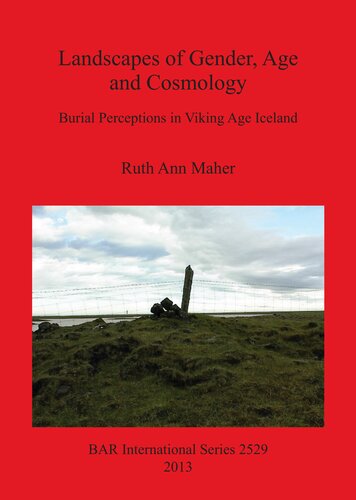

Most ebook files are in PDF format, so you can easily read them using various software such as Foxit Reader or directly on the Google Chrome browser.
Some ebook files are released by publishers in other formats such as .awz, .mobi, .epub, .fb2, etc. You may need to install specific software to read these formats on mobile/PC, such as Calibre.
Please read the tutorial at this link: https://ebookbell.com/faq
We offer FREE conversion to the popular formats you request; however, this may take some time. Therefore, right after payment, please email us, and we will try to provide the service as quickly as possible.
For some exceptional file formats or broken links (if any), please refrain from opening any disputes. Instead, email us first, and we will try to assist within a maximum of 6 hours.
EbookBell Team

0.0
0 reviewsThe purpose of this Viking-Age Icelandic study is to look beyond the catalogues of data already in the record and put the information in its social context. This study shows that the internal and external aspects of any grave reveal not only information about the deceased, but also about his or her family, society and, most importantly, the ideological realms of the people burying the dead, which was, relatively recently, not considered accessible from material remains. In so doing, the catalogues of internal data were anthropologically interpreted with the help of external information to provide an image of the society, showing differences based on age and gender and the role cosmology played in burial placement. In addition, this study shows that using Geographical Information Systems does not limit research to statements of quantity. GIS can be used to explore a range of subjects including qualitative analysis and cognitive choices. This is achieved by integrating Cognitive, Landscape and Mortuary theory; and Gender and Age approaches to the burial sites of pre-Christian Viking period Iceland. The approach of this study, therefore, is to analyse the internal grave structures and artefact inclusions and the external surroundings to draw out the meanings, symbols and behaviours behind those materials that define the culture.